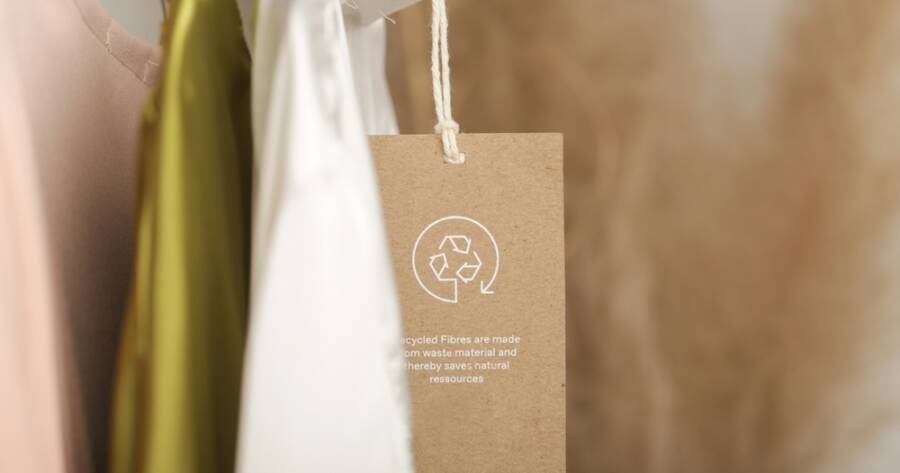As environmental concerns continue to grow, many people want to make more eco-friendly choices, especially when it comes to shopping. But for many, “sustainable shopping” sounds expensive or out of reach. The truth is, you don’t have to empty your wallet to shop responsibly. In fact, sustainable shopping often means buying less, buying smarter, and choosing quality over quantity.
1. Buy Less, Choose Well
The first step to shopping sustainably is simply reducing consumption. Ask yourself: Do I really need this item? Can I borrow, rent, or repurpose something I already have?
Tip: Practice mindful shopping. Wait 24 hours before making non-essential purchases to see if the desire lasts. Often, the urge passes, and you save both money and resources.
2. Embrace Secondhand Shopping
Thrift stores, consignment shops, and online resale platforms like Poshmark, Depop, and Facebook Marketplace are treasure troves for finding gently used clothes, furniture, electronics, and more—often at a fraction of the original cost.
Why it matters: Buying secondhand extends the life of products and keeps them out of landfills. Plus, it’s budget-friendly and often leads to unique finds.
3. Look for Quality Over Quantity
While it may be tempting to buy cheap, fast fashion or low-cost gadgets, these items often wear out quickly and need to be replaced. Investing in better-quality goods may cost more upfront but saves money in the long run.
Sustainable habit: Before buying, check reviews, fabric content, and brand reputation. A durable product that lasts for years is a more sustainable—and cost-effective—choice.
4. Choose Eco-Friendly Brands When Possible
More and more companies are offering sustainable options, from clothing made with organic or recycled materials to packaging-free beauty products. While some eco-brands can be pricey, many are competitively priced or offer occasional discounts.
Smart move: Sign up for newsletters from your favorite sustainable brands to get first dibs on sales or special offers. You can also use coupon and cashback tools to make eco-friendly shopping more affordable.
5. Buy in Bulk (When It Makes Sense)
Purchasing in bulk reduces packaging waste and can save money over time, especially for pantry staples like rice, beans, oats, and spices. Many stores now allow you to bring your own containers to refill.
Pro tip: Only buy bulk items you use regularly to avoid waste. Storing them properly in jars or bins helps them stay fresh longer.
6. Shop Local and Seasonal
Buying local produce and products supports your community and reduces the carbon footprint associated with long-distance shipping. Seasonal fruits and vegetables are usually more abundant—and therefore more affordable.
Budget-friendly tip: Visit your local farmers’ market near closing time—vendors often offer discounts to clear out their stock.
7. Repair Instead of Replace
Learning basic repair skills can save you money and reduce waste. Whether it’s sewing a missing button, gluing a broken item, or watching a DIY video to fix a small appliance, many things can be repaired with minimal cost.
Sustainable shift: Keep a small repair kit on hand and embrace a “fix-it-first” mindset before tossing something in the trash.
8. Reduce Packaging Waste
Packaging accounts for a large portion of household waste. When shopping, look for items with minimal or recyclable packaging, or buy in-store where you can skip excess materials.
Simple swaps: Bring your own bags, choose loose produce instead of pre-packaged, and opt for products with refill options.
9. Take Advantage of Loyalty and Reward Programs
Many eco-conscious retailers offer rewards, discounts, or even credit for recycling used products. From clothing brands that accept old garments to beauty brands with refill programs, these incentives can save you money and reduce waste.
Sustainable and Sensible
Shopping more sustainably isn’t about being perfect—it’s about making small, thoughtful choices that align with your values and budget. By rethinking how and where you shop, embracing secondhand and reusable items, and investing in quality over quantity, you can make a positive impact on the planet without overspending. Sustainable shopping can be affordable, accessible, and even fun—all it takes is a bit of intention.

